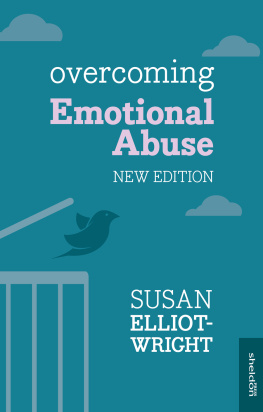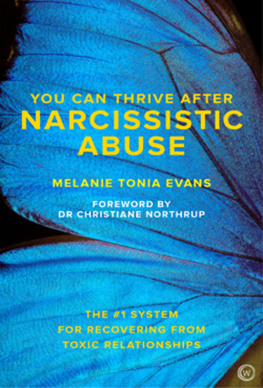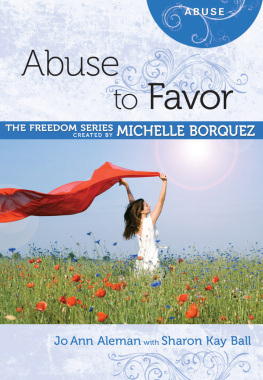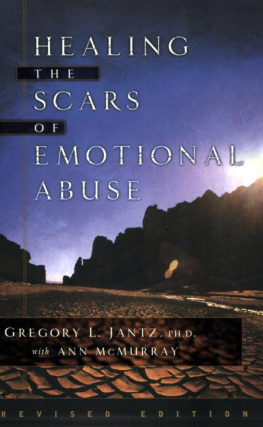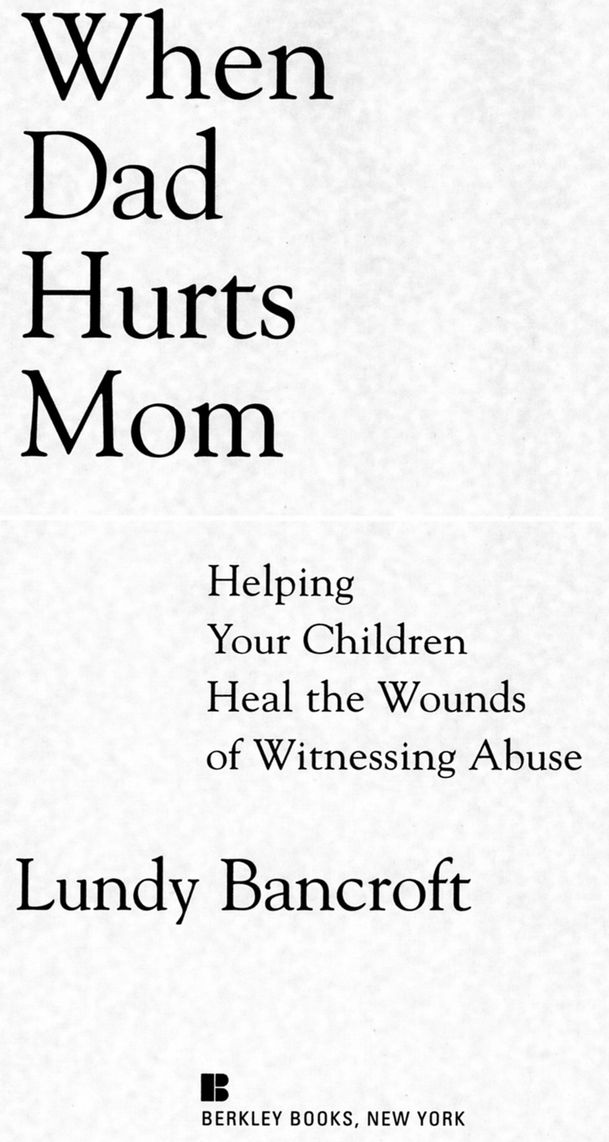Table of Contents
PRAISE FOR
When Dad Hurts Mom
The system to protect the abused is seriously flawed. Bancroft helps mothers win the battle using the courts rules while empowering them to write new ones. The Cleveland Plain Dealer
Comprehensive, with great advice! If you have a child who has seen or heard abuse, this book is for you.
Patricia Evans, author of Teen Torment: Overcoming Verbal Abuse at Home and at School
A gift to mothers who are in abusive relationships. With exceptional compassion and deep understanding, Lundy Bancroft helps abused mothers understand how their children are affected by an abusers attitude and behavior, and empowers them to ... help their children heal.... I strongly recommend the book to mothers who are currently being abused or who have been abused in the past, as well as to therapists who work with abused women and their children.
Beverly Engel, MFCC, author of The Emotionally Abused Woman and Loving Him Without Losing You
A masterpiece. The perfect, long-awaited guide for mothers who have been abused, on how best to help and protect their children. This unique book finally explains in easy-to-read language just what children in these homes go through, and what mothers can do to help them heal from the effects. This is also essential reading for every social worker, custody evaluator, guardian ad litem, custody attorney, child protection worker, and judge.
Joan Zorza, Esq., Editor, Domestic Violence Report
Wonderfulthis book covers the most important concerns facing an abused mother, in a friendly and compassionate tone that helps women avoid self-blame, while empowering them to promote their childrens well-being.
Mo Therese Hannah, Ph.D., Psychologist, Siena College
PRAISE FORWhy Does He Do That?
Bancroft has opened a window into the thinking of abusive men, and his book helps open a door out of abusive relationships.
Gavin de Becker, New York Times bestselling author of The Gift of Fear and Fear Less
Without a doubt the most informative and useful book yet written on the subject of abusive men. Women who are armed with the insights found in these pages will be on the road to recovering control of their lives.
Jay G. Silverman, Ph.D., Director, Violence Prevention Programs, Harvard School of Public Health
A compelling read about a tough topic. What you read here will come back to you long after you put the book down.
Angela Browne, author of When Battered Women Kill
[A] fascinating investigation ... a valuable resource for professionals and victims alike ... [A] beacon of calm for many storm-tossed families.
Publishers Weekly
Most books about abuse in relationships focus on womenhow theyre hurt, why they stay. Bancroft boldly asksand brilliantly answersthe most important questions of all: Why do so many men abuse women? What can be done about it? This book is desperately needed and long overdue.
Jackson Katz, creator of the award-winning video Tough Guise: Violence, Media and the Crisis in Masculinity
An informative and necessary read.
Susan Weitzman, Ph.D., author of Not to People Like Us: Hidden Abuse in Upscale Marriages
Covers early warning signs, ten abusive personality types, the abusive mentality, problems with getting help from the legal system, and the long, complex process of change ... essential reading for those in the helping professions and highly recommended.Library Journal
At lastthe straight scoop on men who abuse women. This is a book not just for abused women and domestic violence professionals, but for everyone who wonders why theres so much violence in America. Read it.
Ann Jones, author of When Love Goes Wrong and Next Time Shell Be Dead
Also by Lundy Bancroft
Why Does He Do That?:
Inside the Minds of Angry and Controlling Men
The Batterer as Parent:
Addressing the Impact of Domestic Violence
on Family Dynamics
(with Dr. Jay G. Silverman)
Acknowledgments
As was true of my previous book, Why Does He Do That?, my largest debt of gratitude for this current work is owed to Carole Sousa, who was my first teacher and mentor on understanding and addressing the impact on children when a man abuses their mother. I first worked with Carole fifteen years ago, and she has been a tireless advocate for the children of abused women, and for their mothers, ever since. I cannot thank her enough for what I have learned from her, much of which is reflected in this book. Carole also reviewed the manuscript and, as always, made comments that have had a significant positive impact on the quality of the final product.
Next I would like to thank the abused mothers who made suggestions on the manuscript, including M-B.R., R.G., S.B., and M.P. The insights these women offered about what parenting strategies, and legal strategies, have worked for them and which have not have helped to ground this book in real-life experience. Their feedback also helped to guide the tone and content of the book toward information and support that would be most practically useful and contribute most to healing and recovery for abused mothers and their children.
Important comments and assistance were also offered by Joan Zorza, Susan Schechter, Ann Brickson, and Mo Hannah. For their general support of my work over the years I wish to thank again, without naming them all, the various people I mentioned in Why Does He Do That?, including my deep debt to the abuser program Emerge, where I was trained and educated about abuse.
I want to thank my agent, Wendy Sherman, for her ongoing encouragement and assistance in the development of my writing projects, and for once again finding a good home for the book. My publicist, Gail Leondar-Wright, did an incredible job of getting my writing into the public eye, where it could reach the women who needed the information. Several people at Putnam deserve gratitude, including Denise Silvestro, Martha Bushko, Beth Mellow, and Gilda Squire (who has moved on from Putnam).
I wish to acknowledge the Ford Foundation and the Wellesley Centers for Women, for their financial and logistical support of the research effort that I have been part of to examine the experiences of abused women in custody and visitation litigation, and the use of courts by abusive men as a way to continue their control over women and children.
For general inspiration on the subject of abuse and its impact on children I wish to thank Michelle Lambert, Jeff Edleson, Sandra Graham-Bermann, Betsy McAlister Groves, Kathleen Faller, Peter Jaffe, Anna Salter, Judith Herman, and Barbara Hart.
For their love, kindness, and friendship in a difficult time, I owe deep gratitude to the three people to whom this book is dedicated, and to several others: Amy Waldman, Dawn Faucher, Scott Laidlaw, Carrie Cuthbert, Karen Johnston, Flip Rosenberry, Anita Raj, Steven Holmes, Joyce Zimmock, Jason Patrissi, Felice Wolfzahn, Lucy Garbus, Blake Walton, and Caryn Markson.
I want to express my thanks to Gillian Andrews for first proposing a book for the general public on the impact that abusive men have on children. Her suggestion gradually grew into the book you have in your hands, which has become a guide for the mothers themselves.







